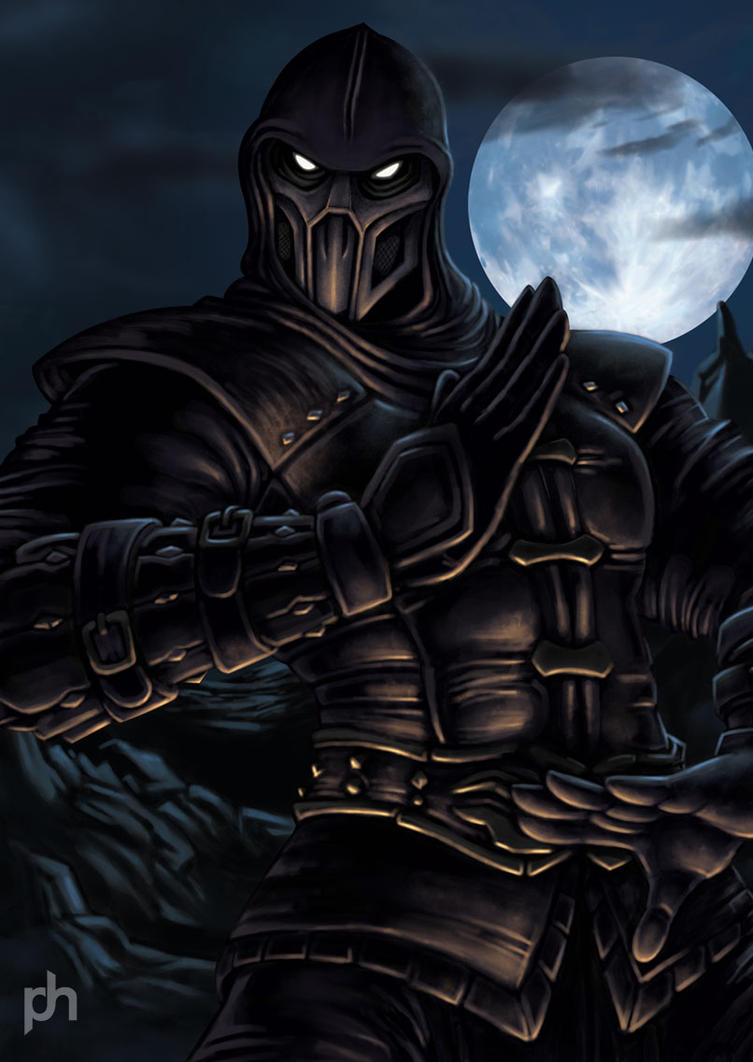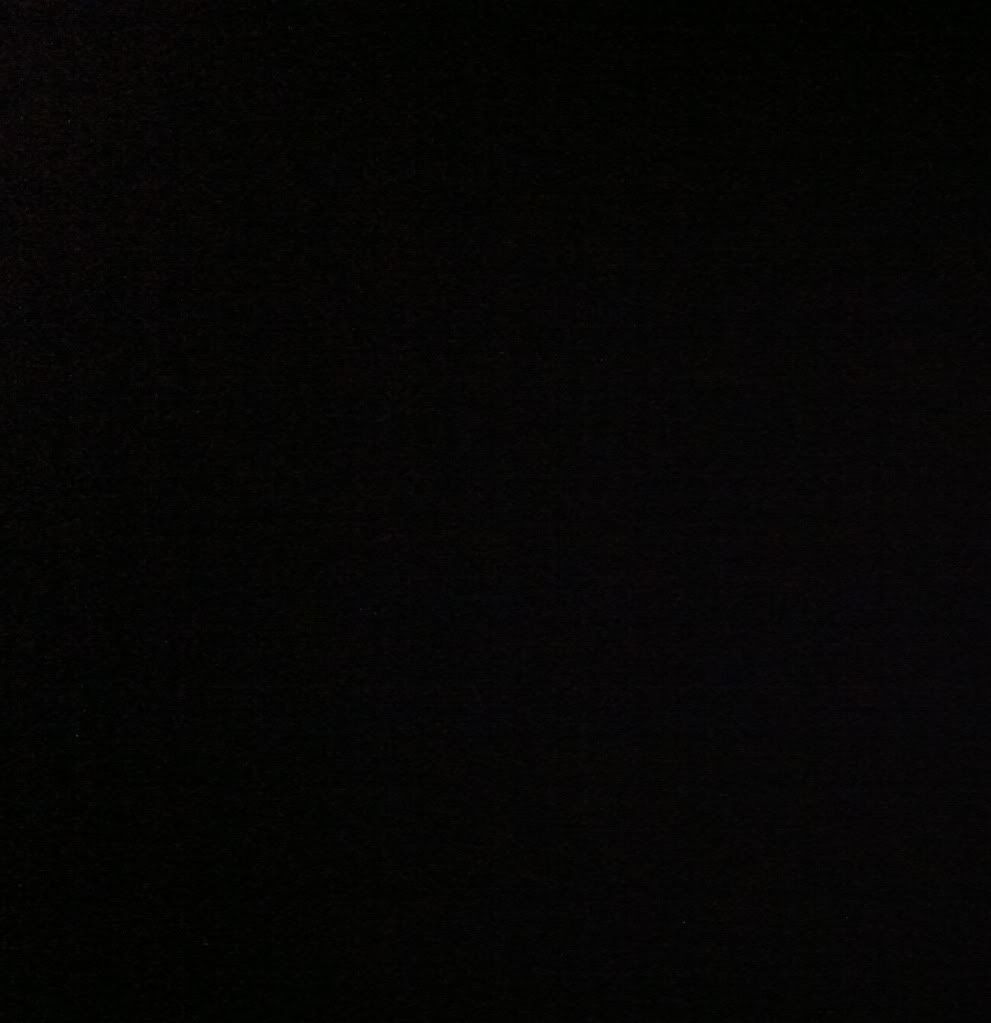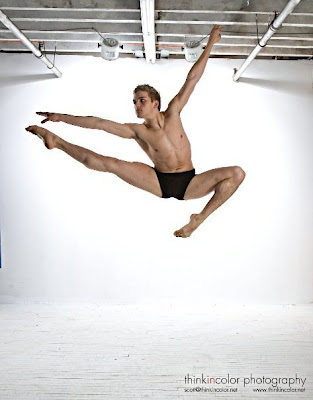In the age of downloadable content, what constitutes a "finished game" is fast becoming a subjective debate. Mortal Kombat X arrived three months ago, pre-loaded with the guarantee of more things to come - some free, some for a price. Day one purchases pushed Warner Brothers' model for post-release capitalism the farthest its ever gone, but the virtue of DLC offerings as developer mea culpa, or life-extending service, remains a warm embrace amidst the cold commercial cynicism.
The parade of Mortal Kombat X DLC next floats Hollywood guest character: The Predator [full story] - a presence most can agree isn't part of the standard package. More contentious amongst fans is the number of Fighting Arenas - thirteen base stages in total, down 48% from Mortal Kombat (2011)'s twenty-five (with variations).
Normalizing the notion of expanding Mortal Kombat X's interactive vistas has been Creative Director: Ed Boon. He revealed in early May that Klassic Arenas have already been discussed for downloadable content. As you might imagine, that got Mortal Kombat Online talking - crunching the klassics to come up with the Top 10 Klassic Arenas We'd Like To See Return in Mortal Kombat X! Count them down with us:
#1 The Wu Shi Academy
First Appearance: Mortal Kombat: Deadly Alliance (2002)
Last Appearance: Mortal Kombat versus DC Universe (2008)
As Raiden bellowed back in 2005's action spin-off Shaolin Monks, "We must return to the Wu Shi Academy!" The centre for martial arts heroism has been with us for more than a decade: a constant presence as safe haven to Earthrealm's defenders - despite only appearing as a playable arena three times (including Shaolin Monks)! When compared to the more frequently revisited stages of MKII, it's easy to understand why this tops our "klassic" list.
Mortal Kombat X lays the klassic martial arts references on pretty thin, supplanting the usual meet-up locales with a revamped version of the story centric Sky Temple. This alone makes a return to the Wu Shi Academy all the more appealing by aesthetic contrast.
There's a certain appeal to inducting a newbie fighter like Kung Jin into the Shaolin fold with a fight on the Academy grounds, too. Raiden compels him to complete his training there during a much discussed story sequence - something we'd love to play out with the thunderer and Kung Lao in-game!
With its towering tribute statues and suspended sparring area, the Wu Shi Academy has a visual sense of grandeur that shouldn't be overlooked. The current generation of graphics could do great things with day/evening variations. and extra depth could be added to the scene with fan service references. Seeing Bo' Rai Cho stroll the surrounding gardens with students, or an onlooking cameo by the likes of Kai would help round out an overdue return to an arena with staple potential.
#2 The Living Forest
First Appearance: Mortal Kombat II (1993)
Last Appearance: Mortal Kombat (2011)
When it comes to truly klassic arenas, it's tough to go past The Living Forest! The simple high concept of animated trees with faces has loomed large over the series as one of its most memorable repeating backgrounds.
Over the years, we've seen the Outworld forest reinvented with improving technology, adding something slightly new each time. This evolution has taken us from the full frontal yawn of Mortal Kombat II's pixel faces -- to the fully realized, foe munching flora of Shaolin Monks and Mortal Kombat (2011).
Mortal Kombat X already has a cold, unwelcoming forest featured memorably in the first announce trailer, but The Living Forest has a character all its own. Gloomy and hostile, The Living version is inherently more active than its snowy MKX precursor, offering the chance to get more inventive with sound design, as much as visual. Stage interactions are a must, and if we can get a good Stage Brutality out of it - that'd be swell, too.
Further embellishments could really deliver a knock out punch. The Living Forest is part of a dark corner of Outworld - a realm in flux since the demise of Emperor Shao Kahn, and the civil war between Mileena and Kotal. Reflecting the violence and turmoil with some dead Osh-Tekk warriors, and a more aggressive and overgrown Living Forest could be one way to keep things fresh. Occasional cameos by a revenant Smoke or spirit Jade could be a fun referential gag to balance the grim mood of MKX, as well.
#3 The House of Pekara
First Appearance: Mortal Kombat: Deadly Alliance (2002)
Last Appearance: Mortal Kombat: Deadly Alliance (2002)
 For a series that cut its teeth (and dismembered its enemies) with spikey stage fatalities, and blood stained death arenas - tranquillity is a downright strange thing to look for. Yet, that's exactly what the House of Pekara delivered in spades, making it one of the most memorable stages of the "3D Klassic" era.
For a series that cut its teeth (and dismembered its enemies) with spikey stage fatalities, and blood stained death arenas - tranquillity is a downright strange thing to look for. Yet, that's exactly what the House of Pekara delivered in spades, making it one of the most memorable stages of the "3D Klassic" era.
The new age splendour of nature reclaiming a church-like ruin is appealing unto itself, but at its inventive best, Deadly Alliance injected nuance over today's spectacle. The House of Pekara was made truly special with these added details - lingering spirits, and occasional summer showers contributing to the unique atmosphere of the stage.
Detailed plot points tell us this was the burial ground of the warrior king ancestors of then-new kombatant: Kenshi. Legend tells it was also in the labyrinthine under structure that Shang Tsung disguised himself and fooled Kenshi into unleashing the souls of his ancestors. Kenshi was blinded in the process, and replenished the parasitic sorcerer. With Kenshi's Mortal Kombat X variations making good use of this history - it would be fantastic to see the hallowed grounds reinvented with current technology!
#4 The Pit
First Appearance: Mortal Kombat (1992)
Last Appearance: Mortal Kombat (2011)
Rarely has Mortal Kombat had an instalment without a version of The Pit. The iconic death arena has been with the series since the beginning, introducing the very first stage fatality with its spike-laden pit bottom in 1992. So iconic is the concept, that the Pit Bottom itself has grown into a legendary arena distinct from the top - reprised most recently with a demon populated incarnation in Mortal Kombat (2011).
Each Pit has taken on a distinct character, leaving the idea wide open to interpretation for a Mortal Kombat X downloadable return. One way the concept might be refreshed is with Aztec inspired architecture and materials to reflect the regime of Kotal Kahn. Some tiered stone, green grass and a deadly plunge would be all that's necessary to get the thrills of the klassic concept back for a new generation!
The only thing keeping this trademark stage away from the top of the list is its frequent staple appearances in the series, and the heavy emphasis on stage fatalities that aren't quite as relevant to Mortal Kombat X as other installments.
#5 Kahn's Coliseum
First Appearance: Mortal Kombat II(1993)
Last Appearance: Mortal Kombat (2011)
The concept of a Roman inspired gladiatorial arena was a simple one for a series called "Mortal Kombat", but undeniably effective. Like so much of MKII; Kahn's Coliseum has been revisited throughout the series, defying its dependent relevance to a single story by the sheer force of its iconic brilliance.
The 2011 reboot gave us opportunity to revisit Kahn's Coliseum once again, delivering the most spectacular vision to date! Fully realized as a colossal, densely populated arena, it embellished the status quo of Kahn's central throne and a roaring crowd, adding monster wranglers and even more pomp and circumstance. With Shao Kahn's death, we have to assume at least some of this has changed, but that doesn't mean the joy of fighting in Kahn's Coliseum needs to end.
At the close of the twenty-five year storyline of Mortal Kombat X, Kotal Kahn has eliminated his rivals (namely Mileena), and ended the civil war for Outworld's throne. Governing with a brutal testament of justice, there's every chance Kotal Kahn has been using the coliseum for his own public executions - but we think it would be more interesting if he hasn't. War takes its toll on kingdoms, and like the arenas of Rome, we think it would be fantastic to reintroduce Kahn's Coliseum as a decrepit shadow of its former self. This "klassic" DLC would be silent - the crowds too poor and afraid to fill its seats. The stone theatre would be crumbling, and the stains of past battles darkened and dusty. An echo of the past, telling the story of twenty-five years of unrest in visual.
#6 The Dead Pool
First Appearance: Mortal Kombat II (1993)
Last Appearance: Mortal Kombat (2011)
Like other MKII arenas on the list, The Dead Pool has a timeless appeal rooted in its simple high concept. Its darkly macabre acid pools may not have a logical place in the plot of Mortal Kombat X, but as a stand-alone downloadable arena, it delivers a charm the rigid logics of the current generation simply cannot match!
We aren't big believers in Mortal Kombat as the shock horror series some feel it is, but there's no denying The Dead Pool is where some of this reputation is rightly earned.
The Dead Pool was given fantastic treatment in Mortal Kombat (2011), so the challenge is to make it feel different enough to justify its return. Like Kahn's Coliseum, it could be tremendously interesting to see The Dead Pool in a state of decay and ruin. The result of the unchecked corrosive fluids could be a darker, more uncomfortable, more dangerous version of the stage. Stage interaction could really be the key here, making use of splashing acid, and the many chains that have traditionally hung throughout the arena. For a bonus flourish, it could be nice to see a disfigured Executioner lurking in the background - a forgotten servant of Kahn whose time in The Dead Pool has taken a brutal toll.
#7 Shang Tsung's Island
First Appearance: Mortal Kombat (1992)
Last Appearance: Mortal Kombat (2011)
It's about this point you're going to start to notice a theme emerging even more than it did in Mortal Kombat X. While some klassic arenas are welcome to return as we know them - others are the perfect opportunity to reflect the twenty-five years that have elapsed since we last saw them. Case in point: Shang Tsung's Island!
2005's Shaolin Monks had the island imploding in on itself as a result of Shang Tsung's defeat in its controversial retelling of the original mythos. The 2011 franchise reboot opted for a more modest conclusion to the tournament, leaving the island in tact for new tales. We live in hope that there may yet be another official Mortal Kombat tournament between Outworld and Earthrealm in the future, but for now, the passage of time is interesting enough to warrant a return.
DC Comics tell us Havik and Reiko inhabited the sorcerer's island for a time, while Mortal Kombat X revisits the island in a private mission by Johnny Cage. These occupations needn't stand in the way of a reinvention of Shang's Island as a familiar locale in a state of ruin. Signs of past battles, decoration in decay, and overgrown plant life are exactly the kinds of details we'd like to see when we return.
#8 Goro's Lair/Kuatan Palace
First Appearance: Mortal Kombat (1992)
Last Appearance: Mortal Kombat (2011)
 There was a lot of fanfare surrounding the return of legendary Mortal Kombat sub-boss: Goro! As a Mortal Kombat X downloadable character, he was given the royal treatment, packaged universally as pre-order bonus and featured in a slew of pre-release trailers and events. We were excited to see the Shokan Prince back in action - so it came as a shock that he factored very little into the presentation of the game itself.
There was a lot of fanfare surrounding the return of legendary Mortal Kombat sub-boss: Goro! As a Mortal Kombat X downloadable character, he was given the royal treatment, packaged universally as pre-order bonus and featured in a slew of pre-release trailers and events. We were excited to see the Shokan Prince back in action - so it came as a shock that he factored very little into the presentation of the game itself.
In the original Mortal Kombat, Goro's Lair helped sell the grandeur of the half-man, half-dragon Champion of Mortal Kombat. While we wouldn't oppose the return of the klassic subterranean dungeon arena, it might be more interesting and relevantn to appropriate the name with some flourishes of The Kuatan Palace - introduced to the games In Mortal Kombat: Gold (1999) and made playable in Deadly Alliance (2002).
It was left to DC Comics to tell most of the tale of Goro, which established a rivalry between he and Kotal Kahn, who had incorporated the Shokan Empire into his conquest of Outworld. The series showed the final days of King Gorbak, making a return to the Kuatan Palace at least tangentially topical.
Mortal Kombat arenas have a long history of seated onlookers. Shang Tsung graced multiple arenas in the original Mortal Kombat,. while Shao Kahn famously watched on throughout MKII and MK3. Goro's Lair/Kuatan Throne Room could be the perfect opportunity to give us another throne occupying watcher. This could be Goro himself subject to active kombatants -- much like Goro's Lair of Mortal Kombat (2011) -- or, for an extra flourish, King Gorbak. Either way, it would be nice to complete the presentation of Goro as a feature character.
#9 The Lost Tomb/Sarna Ruins
First Appearance: Mortal Kombat: Deadly Alliance (2002)
Last Appearance: Mortal Kombat: Tournament Edition (2003)
Long before Mortal Kombat X let players swing on trees and brutalize old women: Deadly Alliance introduced the gimmick of destructible arena elements.
The silent stone warriors of The Lost Tomb would offer an interesting visual in an updated, two-dimensionally oriented version of the now klassic 3D kombat arena, and would suit the new interactive system to perfection! The joys of tossing human facsimiles needn't be exclusive to Sub-Zero any longer, as players pick from a line of statues located at the side of the stage! For extra ammunition, why not have the clay army replenish itself by moving a warrior forward each time a statue is destroyed in battle?
Inescapable as a dominant focal point; the underground temple pays homage to Shinnok's amulet - the ever reoccurring macguffin that is centrepiece to Mortal Kombat X's story. Back in 2002, the talisman was the instrument of The Dragon King Onaga, whose invincible army resides idly in The Lost Tomb. We still don't know how the timeline reboot has effected Onaga's Deception return. It could be delayed, or never to occur. Either way, the indifferent existence of the Sarna Ruins would hopefully accommodate this unique arena's return as MKX DLC. If its contents are too troublesome to potential sequel plans, moving the fight outside, to the desert landscape where the Sarna Ruins temple can be seen amidst sandstorms, could be culturally deviant enough to keep it interesting.
#10 Reiko's War Room
First Appearance: Mortal Kombat: Armageddon (2006)
Last Appearance: Mortal Kombat: Armageddon (2006)
Believe it or not, the thrill of fighting on an oversized map was enough to make Reiko's War Room a cult hit in 2006. It helped that it tied into the Konquest story mode, where Reiko also received a much needed design overhaul, and clearer characterization. It officially closed the book on Mortal Kombat 4's Shao Kahn rumors, and laid the groundwork for the characterization fans have enjoyed in the recent Mortal Kombat X DC Comics tie-in.
Is this really klassic enough an arena to bump out other perennial favourites? Admittedly, we're blurring criteria with the addition of this particular arena.
There's a deceptive amount of potential in building this arena up for a new incarnation. It could be fun to use the map underfoot for some leverage based stage interactions - pulling the proverbial rug. There's also plenty of room for refurbishment, offering a more interesting backdrop, with more stage elements. A book or parchment of the story mode referenced "Reiko Accords" would be a fun, weapon-based easter egg. A Kahn Hammer inspired interactive weapon could also be a nice touch. Likewise, including Reiko himself in the background, perhaps in the mode of Shao Kahn, complete with complimentary commentary throughout the fight, could be a way to build the stage up utilizing existing mythology. All of this would be moot without one key detail, though - a downloadable or unlockable Reiko.
We look back to Injustice: Gods Among Us for precedent for this kind of graduation. In the DC superhero fighter, it was Martian Manhunter who made the leap from background cameo, to eventual playable downloadable fighter [full story]. The shocking omission became the first post-Season Pass character sold separately - a tactic earmarked for sorely missed Mortal Kombat X characters like Fujin.
Using Reiko's cult status and the DLC arena system to smuggle a secret unlockable character into the game would go a long way to earning NetherRealm Studios and Warner Brothers street cred for creativity and generosity. It is, however, a highly unlikely eventuality, if current indicators are anything to go by.
[Related Article: MKX DLC: Developer Teases Predator Spaceship Interior]
There are still many more klassic arenas that could find their way into Mortal Kombat X! Which ones would you like to see? Register to share your thoughts on the forum. Support the kommunity by liking & sharing this story and others via MK_Online, Facebook & YouTube.















 This beautiful sig was made by MINION.
This beautiful sig was made by MINION. 










